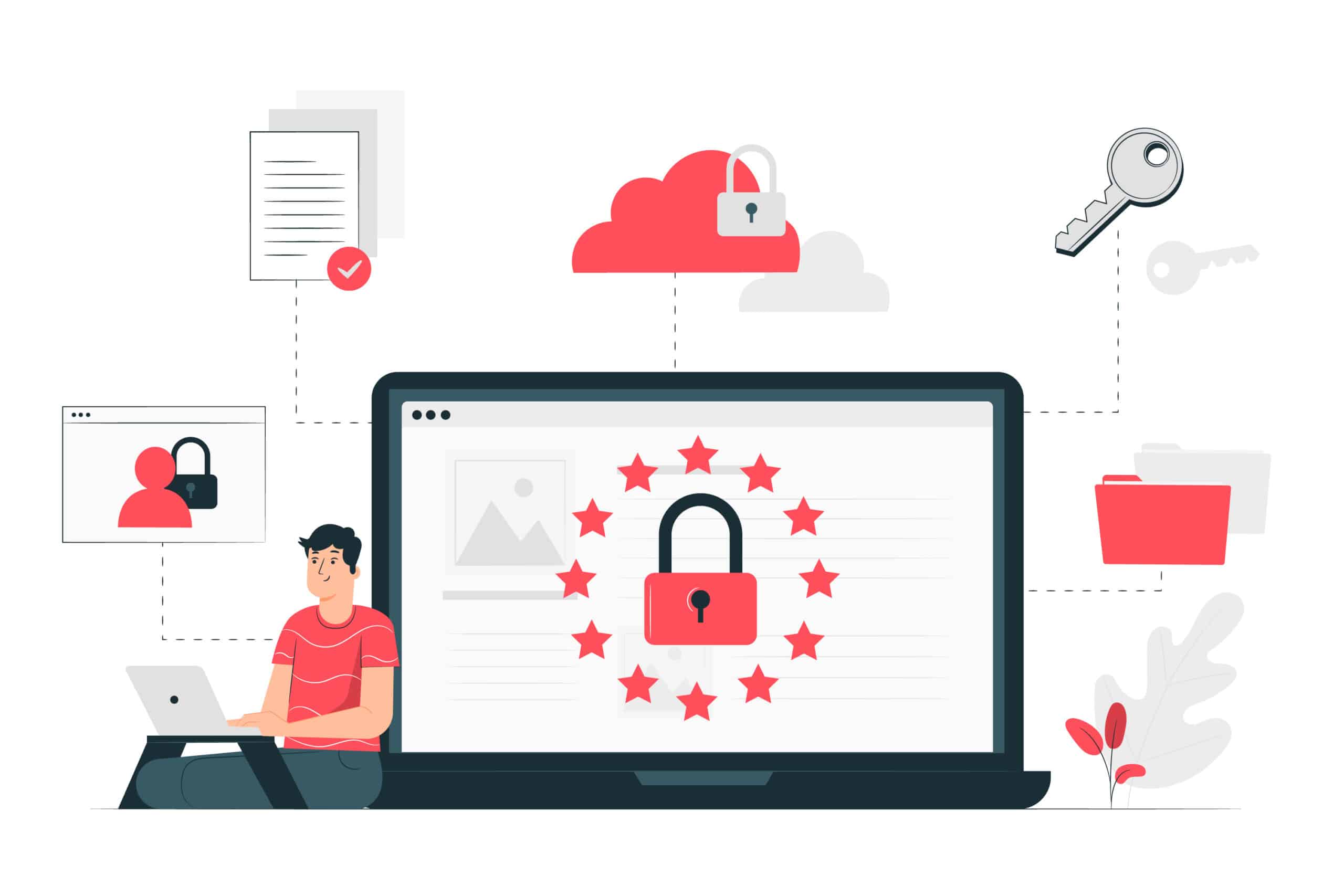Introduction
In today’s digital landscape, passwords alone can no longer protect sensitive information and secure online interactions. The rise of sophisticated cyber threats and the increasing vulnerability of user credentials have necessitated the adoption of stronger security measures. This blog explores how verification services go beyond passwords to enhance security and safeguard digital identities. By delving into various verification methods and their applications, we will uncover the unique ways in which these services fortify online security.
- Biometric Verification: The Power of Your Unique Traits
- Explore the world of biometric verification, from fingerprint recognition to facial and voice recognition.
- Discuss the advantages of biometrics as an authentication method, including its uniqueness and difficulty to replicate.
- Highlight the diverse applications of biometric verification, from unlocking smartphones to securing access to high-security facilities.
- Two-Factor Authentication (2FA): Doubling Up for Added Protection
- Explain the concept of two-factor authentication (2FA) and how it strengthens security beyond passwords.
- Showcase different 2FA methods such as SMS codes, hardware tokens, mobile apps, and biometrics.
- Discuss real-life examples of how 2FA has prevented unauthorized access and thwarted potential security breaches.
- Identity Verification: Ensuring Legitimacy and Trustworthiness
- Dive into the realm of identity verification services and their significance in establishing trust.
- Explore the verification of personal information, documents, and credentials to combat identity theft and fraud.
- Highlight industries that heavily rely on identity verification, such as finance, e-commerce, and online marketplaces.
- Behavioral Analysis: Detecting Anomalies in User Patterns
- Introduce the concept of behavioral analysis as a powerful tool for identifying suspicious activities.
- Discuss how machine learning algorithms can analyze user behavior to detect anomalies and potential security threats.
- Showcase real-world examples of how behavioral analysis has been utilized to mitigate risks and prevent unauthorized access.
- Continuous Authentication: Keeping Security Up to Date
- Explain the concept of continuous authentication and its role in maintaining security throughout a user’s session.
- Discuss the benefits of continuous authentication in identifying and responding to potential threats in real time.
- Provide examples of how continuous authentication is being implemented in various industries, such as banking and healthcare.
Conclusion: Passwords alone can no longer ensure robust security in today’s digital world. Verification services offer a multi-layered approach to fortify online security, enhance trust, and prprotectensitive information. By embracing biometrics, two-factor authentication, identity verification, behavioral analysis, and continuous authentication, individuals and businesses can significantly reduce the risk of unauthorized access and mitigate the damaging effects of cyber threats. Embracing these unique verification methods is the key to a safer digital future.










